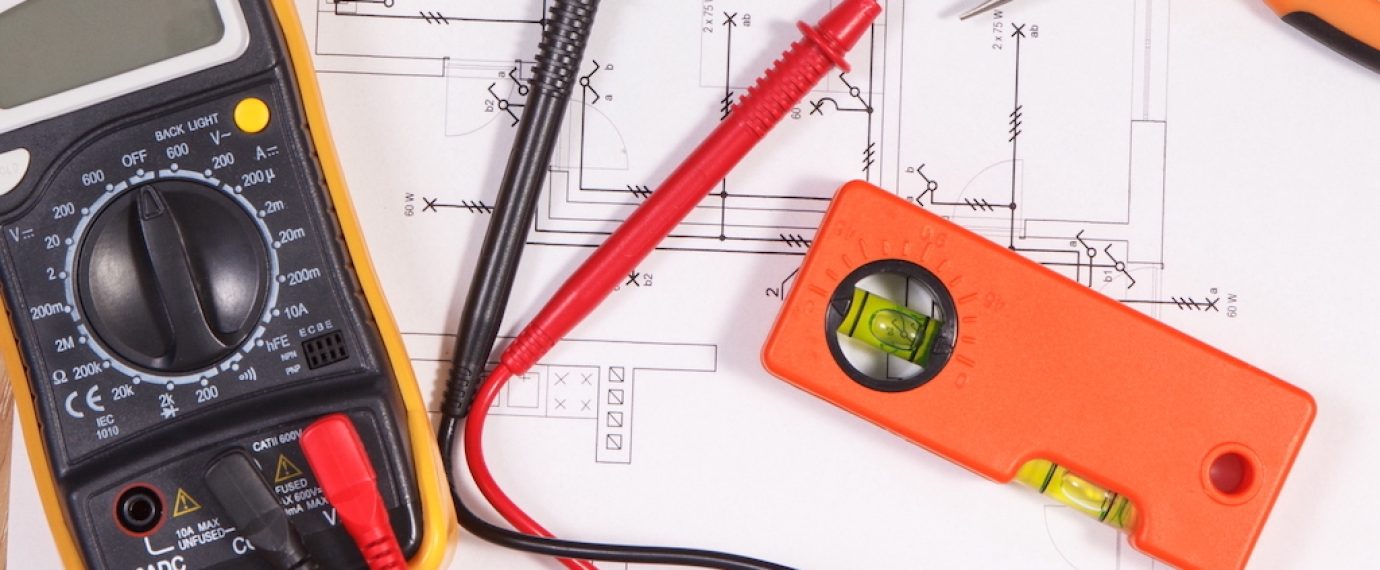When working around electrical equipment, are your employees aware of the requirements and hazards associated with electrical safety? OSHA and NFPA have certain guidelines and criteria to follow to maintain an Electrical Safety Program. Following these guidelines will ensure that your facility and employees are working within the correct safety precautions.
It is required for all employers to implement and maintain an electrically safe work program that directs activity based on risks associated with electrical hazards. The program must include elements that verify electrical systems and equipment to comply with applicable installation codes and standards prior to being placed in service. This also qualifies for host employers that contract out any electrical work being performed at their facility. Employers are required to meet certain OSHA and NFPA 70E compliance standards in the areas of arc flash and electrical safety. Some examples of these standards are:
- A short circuit study and development of time-current curves for protective devices
- A protective device coordination study
- Short circuit line diagrams
- Comprehensive single-line diagrams for all services in the building
- An SOP for keeping single-line diagrams up to date
- Incident energy calculations for devices included in the arc flash study
- Electrical safety training protocols (can be outlined within an electrical safety program)
- Guidance on developing an electrical safety program
- Developing an electrically energized work permit system
- Arc flash safety PPE for qualified workers who may service electrical enclosures onsite
- Specific PPE requirements can be determined from arc flash study
Risk Assessment
Employers must develop and maintain procedures for employees to utilize before being exposed to an electrical hazard. This can be done in the form of a Risk Assessment. The elements of that risk assessment must contain the following information:
- Identifying hazards
- Assess Risk
- Implementation of controls
The Implementation of controls for hazards identified shall be done by elimination, substitution, engineering, awareness, and administrative or personal protective equipment. Once the risks have been identified and controlled, work procedures must be developed for employees to follow to ensure that hazards are not present. Once the risk assessments have been completed, work instructions or Lockout Tagout Procedures can be used as a control to ensure zero energy is obtained before working on an electrical system.
Employee Training
Once work procedures are developed and hazards have been controlled, employers must train employees as either Qualified or Unqualified Workers. As workers are identified as Qualified or Unqualified, review requirements on what additional training may be needed. For Qualified employees, Lockout Tagout training must be completed, as well as having the company’s Emergency Response Team trained in Contact Release.
Whether employers are performing this type of work in-house or having this contracted out, host employers must complete an Electrical Safety Program to review and communicate hazards in the workplace. Review OSHA and NFPA standards to ensure compliance is being maintained.
If you need assistance with your facility’s Risk Assessment or employee training, contact U.S. Compliance for guidance and helpful resources.



